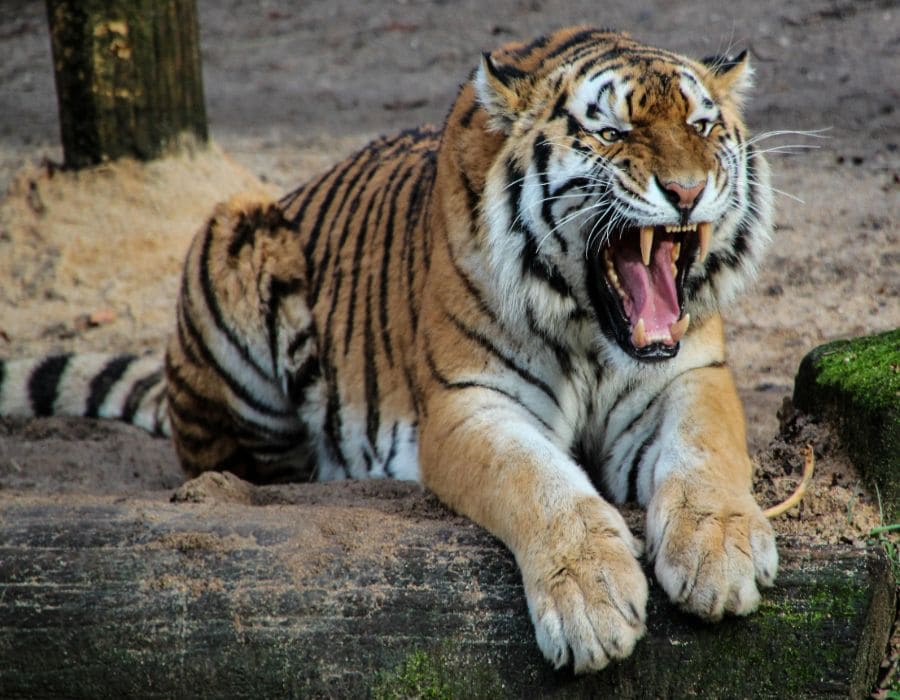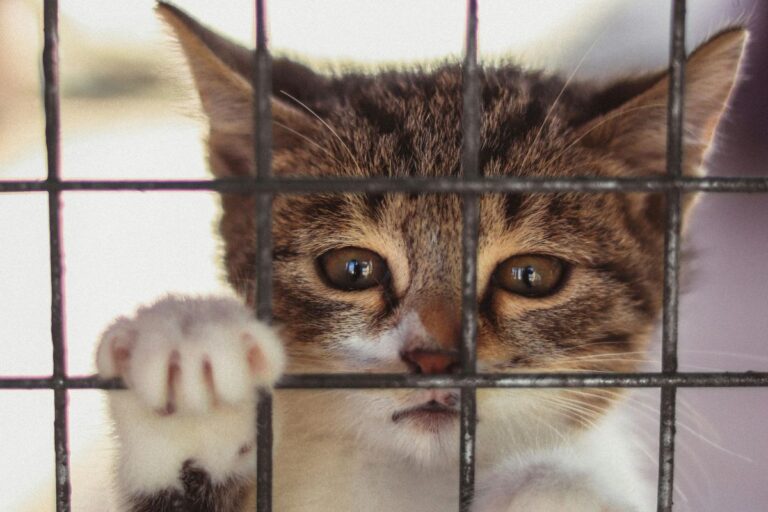5 Big Cat Species That Have the Longest Lifespans in the Wild
Big cats are known for their strength, agility, and raw power — but not all of them are built to last. While many face threats that shorten their lives, a few species manage to thrive well into their teens.
In the wild, where survival is a daily challenge, longevity is a sign of adaptability and resilience. These five big cat species are the champions of lifespan in their natural habitats, living longer than most of their feline cousins.
Leopard
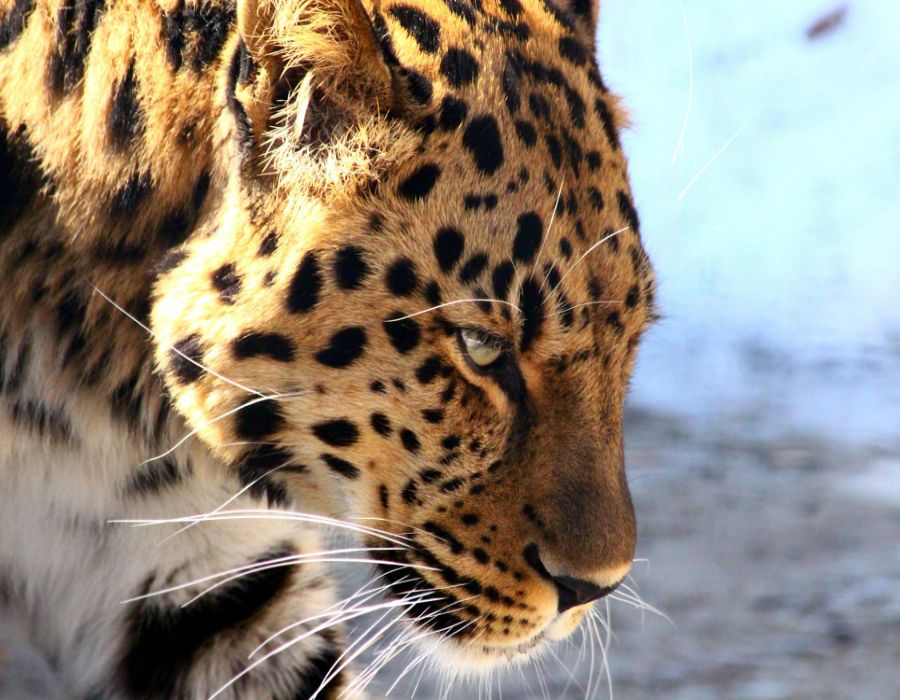
Leopards are stealthy and solitary, traits that help them avoid danger and extend their time in the wild. Their ability to adapt to various environments and hide from threats allows them to live up to 17 years in nature.
Cougar
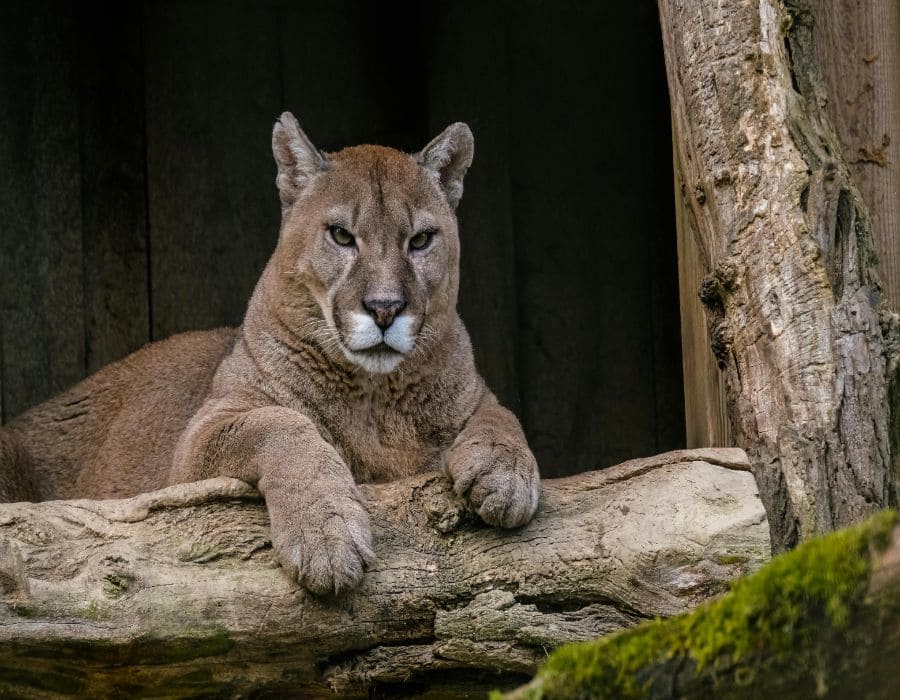
Also known as mountain lions or pumas, cougars are among the most widespread big cats in the Americas. With few natural predators and strong territorial habits, they often reach 10 to 15 years of age in the wild.
Jaguar
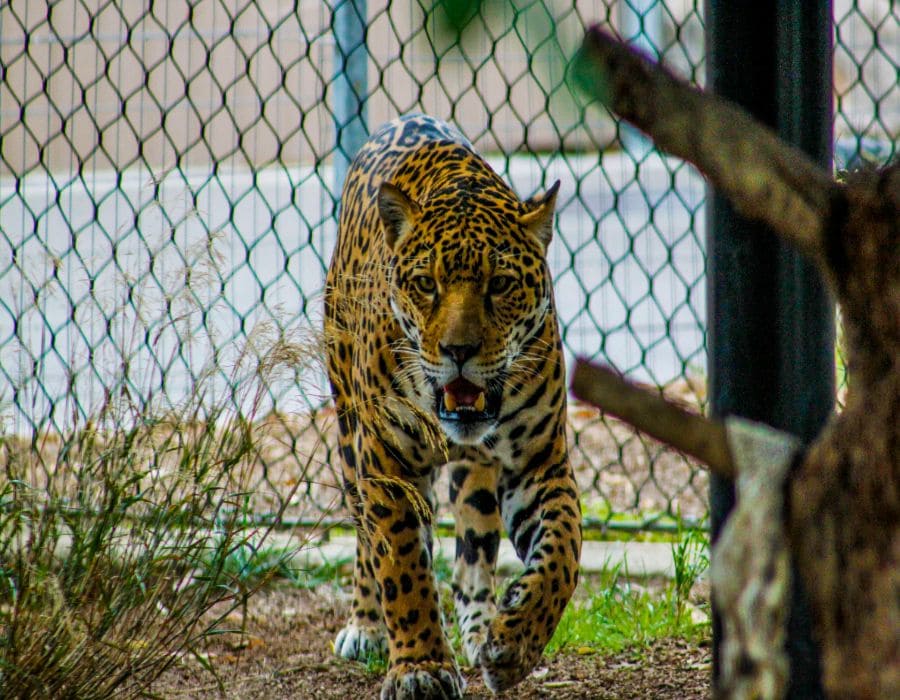
The jaguar’s strength and secretive lifestyle help it stay safe in dense jungles. With top-tier hunting skills and limited threats aside from humans, jaguars can live around 12 to 15 years in the wild.
Tiger
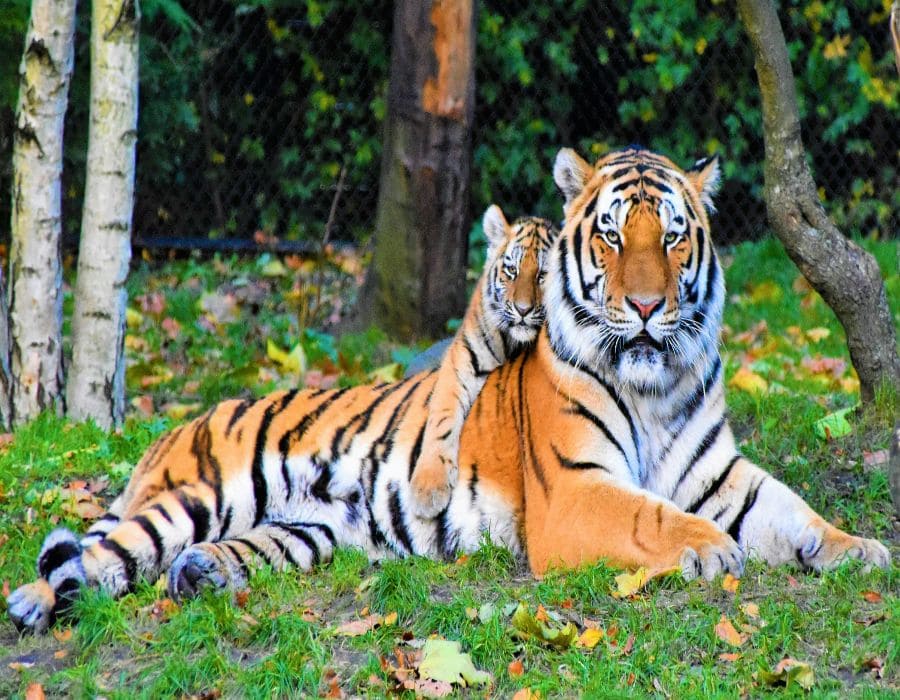
Tigers may face many threats, but when undisturbed in protected areas, they can live impressively long lives. Thanks to their apex predator status and solitary habits, wild tigers can reach up to 15 years or more.
Lion
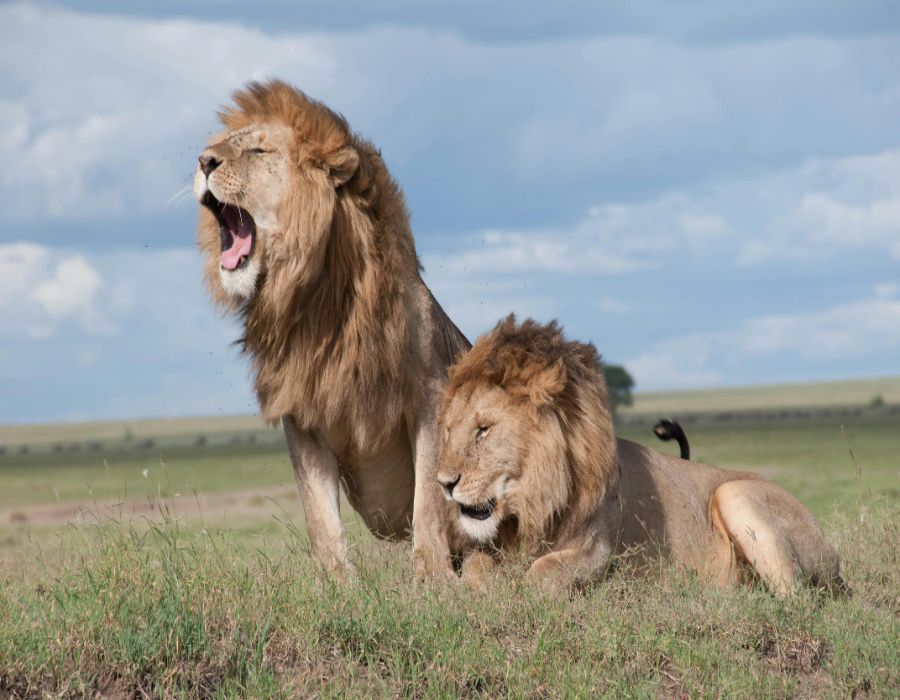
Lions may live in social groups, but their survival is anything but easy. Males have shorter lives, but females — especially in stable prides — can live up to 15 or even 17 years in the wild with good conditions.
Built to Endure
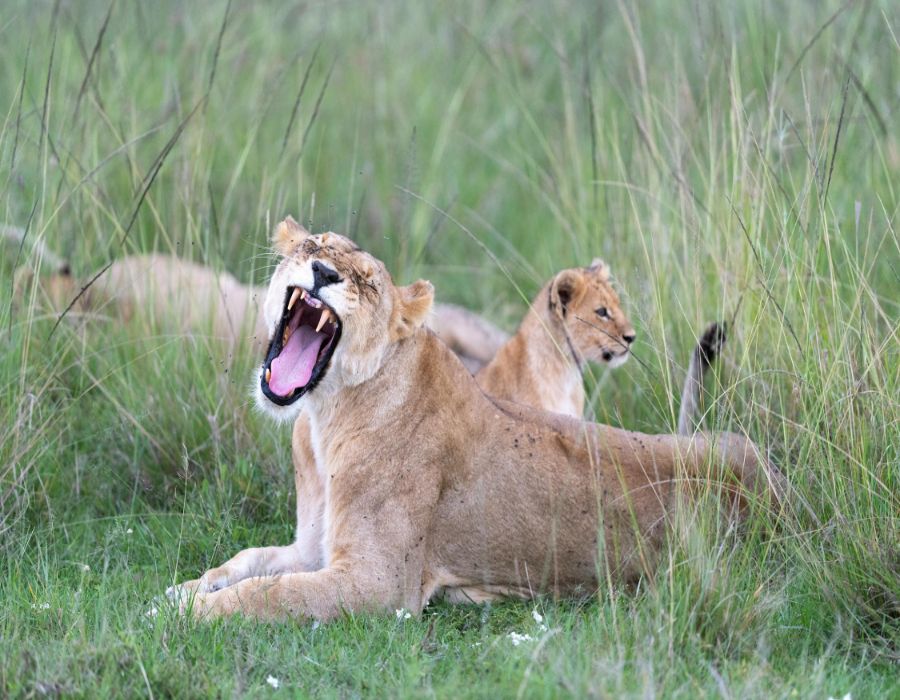
These big cats have proven that strength alone doesn’t guarantee survival — strategy, adaptability, and territory all play a role. In a world full of threats, these feline survivors have mastered the art of staying alive, year after year.

